Carlos Caminha
A Temporal Clustering Algorithm for Achieving the trade-off between the User Experience and the Equipment Economy in the Context of IoT
Jul 30, 2019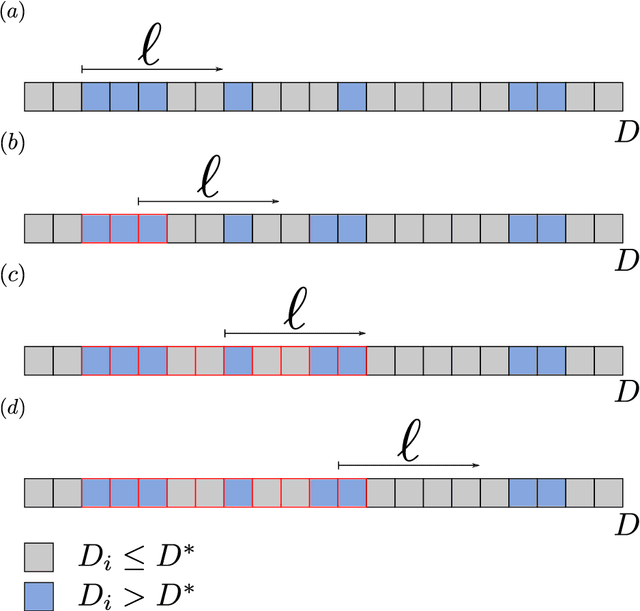

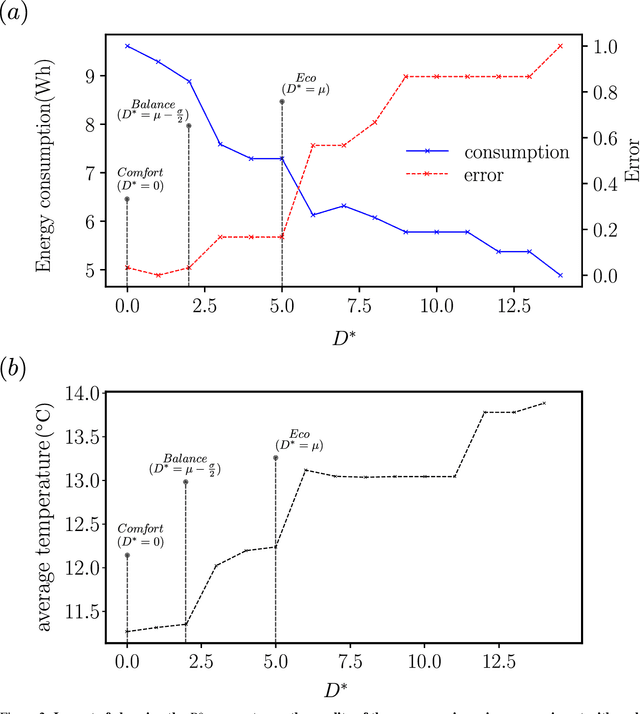

Abstract:We present here the Temporal Clustering Algorithm (TCA), an incremental learning algorithm applicable to problems of anticipatory computing in the context of the Internet of Things. This algorithm was tested in a specific prediction scenario of consumption of an electric water dispenser typically used in tropical countries, in which the ambient temperature is around 30-degree Celsius. In this context, the user typically wants to drinking iced water therefore uses the cooler function of the dispenser. Real and synthetic water consumption data was used to test a forecasting capacity on how much energy can be saved by predicting the pattern of use of the equipment. In addition to using a small constant amount of memory, which allows the algorithm to be implemented at the lowest cost, while using microcontrollers with a small amount of memory (less than 1Kbyte) available on the market. The algorithm can also be configured according to user preference, prioritizing comfort, keeping the water at the desired temperature longer, or prioritizing energy savings. The main result is that the TCA achieved energy savings of up to 40% compared to the conventional mode of operation of the dispenser with an average success rate higher than 90% in its times of use.
Geracao Automatica de Paineis de Controle para Analise de Mobilidade Urbana Utilizando Redes Complexas
Apr 04, 2017Abstract:In this paper we describe an automatic generator to support the data scientist to construct, in a user-friendly way, dashboards from data represented as networks. The generator called SBINet (Semantic for Business Intelligence from Networks) has a semantic layer that, through ontologies, describes the data that represents a network as well as the possible metrics to be calculated in the network. Thus, with SBINet, the stages of the dashboard constructing process that uses complex network metrics are facilitated and can be done by users who do not necessarily know about complex networks.
Detecção de comunidades em redes complexas para identificar gargalos e desperdício de recursos em sistemas de ônibus
Mar 31, 2017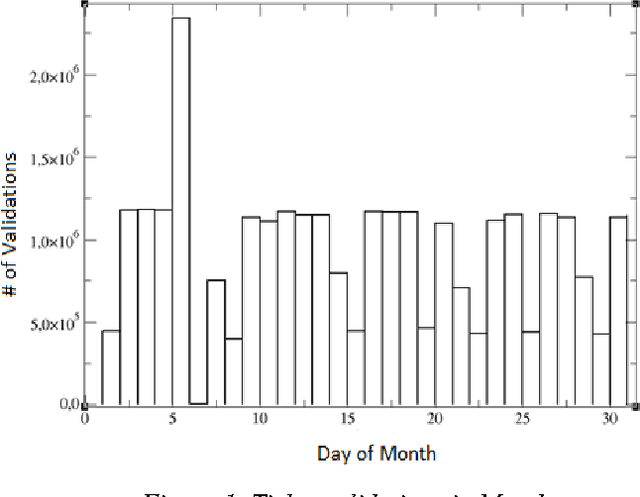
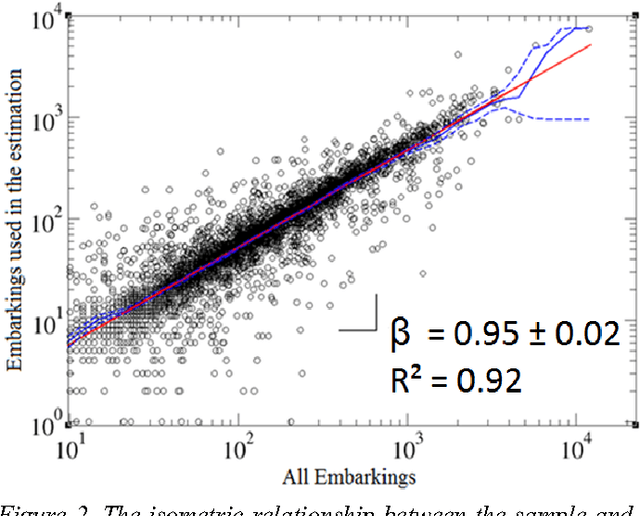

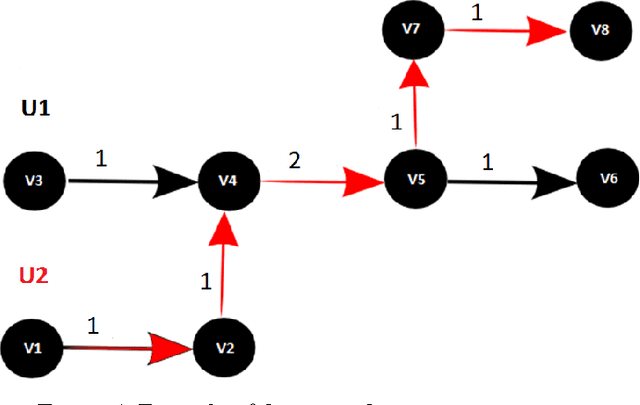
Abstract:We propose here a methodology to help to understand the shortcomings of public transportation in a city via the mining of complex networks representing the supply and demand of public transport. We show how to build these networks based upon data on smart card use in buses via the application of algorithms that estimate an OD and reconstruct the complete itinerary of the passengers. The overlapping of the two networks sheds light in potential overload and waste in the offer of resources that can be mitigated with strategies for balancing supply and demand.
Micro-interventions in urban transport from pattern discovery on the flow of passengers and on the bus network
Jun 14, 2016



Abstract:In this paper, we describe a case study in a big metropolis, in which from data collected by digital sensors, we tried to understand mobility patterns of persons using buses and how this can generate knowledge to suggest interventions that are applied incrementally into the transportation network in use. We have first estimated an Origin-Destination matrix of buses users from datasets about the ticket validation and GPS positioning of buses. Then we represent the supply of buses with their routes through bus stops as a complex network, which allowed us to understand the bottlenecks of the current scenario and, in particular, applying community discovery techniques, to identify clusters that the service supply infrastructure has. Finally, from the superimposing of the flow of people represented in the OriginDestination matrix in the supply network, we exemplify how micro-interventions can be prospected by means of an example of the introduction of express routes.
 Add to Chrome
Add to Chrome Add to Firefox
Add to Firefox Add to Edge
Add to Edge